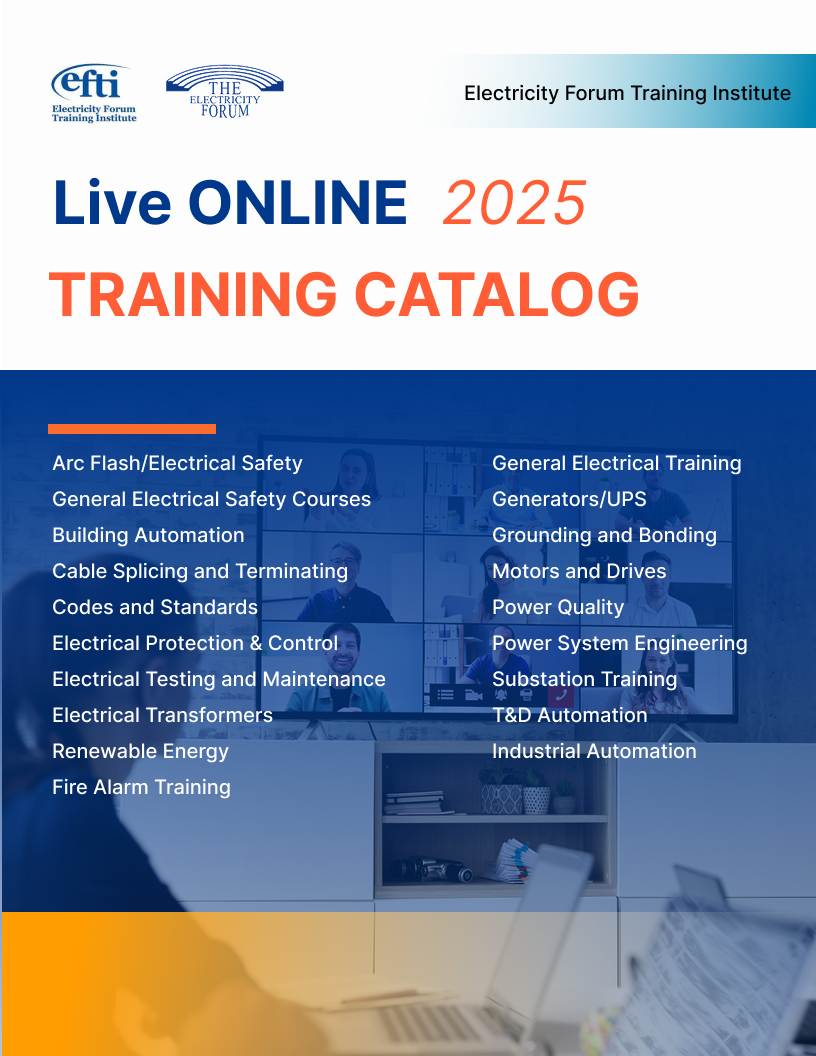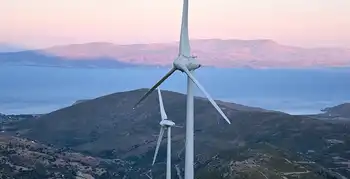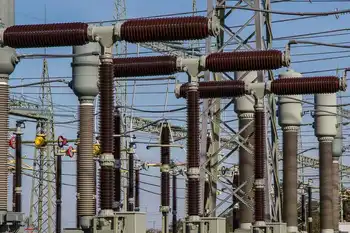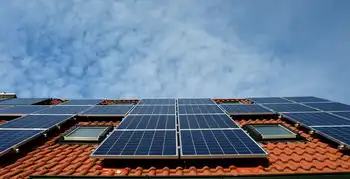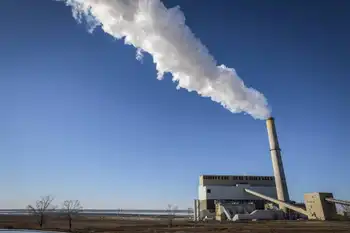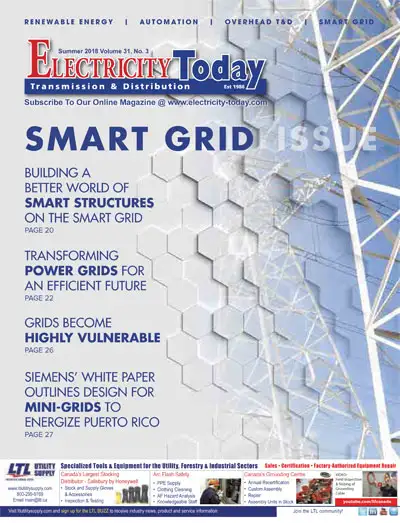Thinking green? Consider your work space
By Automatic Merchandiser
NFPA 70e Training
Our customized live online or in‑person group training can be delivered to your staff at your location.
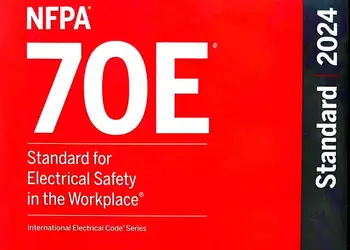
- Live Online
- 6 hours Instructor-led
- Group Training Available
There are many variables involved in office and warehouse operations, including physical structure, layout and design, air handling systems, windows and doors, furniture and fixtures, storage compartments and desktop devices.
The Environmental Protection Agencys Energy Star specifications for automated office equipment apply to a variety of information technology products, including desktop and notebook computers, handheld devices, game consoles, integrated computer systems, desktopderived servers and workstations.
Qualified products must meet energy use guidelines in three distinct operating modes: active, standby and sleep. Only the most energyefficient computing products are awarded the Energy Star label.
By requiring efficiency savings across operating modes, these specifications are expected to produce significant cost savings while also helping control greenhouse gas emissions.
Are customers willing to pay more to gain ecocentric benefits? Are location clients willing to switch to a vendor with more green technology? The answers to these questions are somewhat unclear at present since ecofriendly building and property management are still fairly new.
Green information technology IT, includes ecofriendly practices such as reducing paper usage through minimal printing, operating more efficiently with power management, and exercising proper recycling habits. Green IT addresses sustainability, recyclability, resourceability, powerability and viability.
While the scope of information technology in a vending/OCS operation may be extensive, a few of the more common components can be handled as part of an ecofriendly approach:
• Desktop/laptop PC — Energyefficient desktop PCs were introduced some time ago that, based on construction and operation, use less power than legacy machines. Recent efforts by manufacturers have focused on building devices that are more energyefficient, have lower operating expenses, and are easier to recycle. Nearly all PCs have been assigned an Energy Star rating.
• Computer networking — Late model PCs are designed to use much less energy than older models the newest machines use about 25 percent fewer kilowatt hours. Users are wise to program PCs to automatically move into a standby sleep mode when not in use.
• Electronics — Devices plugged into a surge protector or power grid enable wider control of devices than in a switched on position.
• Lighting — For overhead lighting purposes, fluorescent bulbs use less energy and last longer than traditional incandescent bulbs without sacrificing light quality. Fluorescent bulbs can be onefifth the cost.
• Copier/fax/scanner machines — Copiers, scanners and fax machines are among the most energyintensive office equipment since they tend to remain on for long periods of time. Energy Star certified imaging equipment is expected to deliver quality performance at a 25 percent higher level of efficiency. Devices that power down when not in use will use about half the electricity of standard models. In addition, products that print doublesided pages reduce both copying and paper costs. Certified products also require less air conditioning and require less maintenance.
• Uninterruptable power supply UPS — Newer models with UPS are more energy efficient. Effective UPS devices are also capable of powering down idle devices for further energy conservation.
• Point of sale and kiosk terminals — Instead of allowing transaction technology kiosks, point of sale terminals, kitchen display units, receipt printers, scanners, readers, etc. to remain active during low volume or downtime periods, the devices should automatically go into a sleep mode.
In addition, the use of written notices encouraging employees to be environmentally conscious when using equipment is also helpful. One example: Please consider the environment before printing this email.
To date, there is no federal law that addresses the issue of endoflife electronic equipment management and disposal. Current ewaste legislation includes tax incentives that encourage recycling. Research indicates that switchedoff devices may account for nearly 40 percent of the energy consumed by electronics in the average work place.
Electronic devices that are turned off but not unplugged waste a large amount of electricity.
Extra heat generated by automated equipment increases temperature conditions in an office, thereby increasing dependency on air conditioning and HVAC components.
Local recyclers will take old electronics and computers. Each year the world generates 20 million to 50 million metric tons of ewaste ewaste makes up 2 percent of solid waste in the U.S. and is the fastestgrowing garbage segment.
The vending/OCS industry can be exposed to a variety of programs leading to green certification based on a commitment to ecological responsibility. Perhaps best known among a host of domestic classification schemes is the Leadership in Energy and Environmental Design LEED rating system. LEED was created by the U.S. Green Building Council USGBC to certify that buildings meet standards of energy efficiency, conservation, and community sensitivity.
LEED recognizes performance in five important areas of environmental health: sustainable site development, water savings, energy efficiency, materials selection, and indoor environmental air quality.
There are four levels of LEED certification from highest to lowest: platinum, gold, silver, and certified. The USGBC estimates that in the near future, nearly twothirds of all consumers will elect to do business with companies that are LEED certified.
For a new building, this can mean a larger percentage of the waste from the buildings construction being recycled as well as materials for the buildings interior being selected on the basis of minimizing its impact on indoor air quality. Similar metrics can be applied to warehouses, storage facilities and other areas.
Innovative developers are using recycled glass, nonvolatile organic compounds, and powerdown HVAC systems, as well as lowflow faucets and LED lighting. To minimize waste, recyclables are sorted from the buildings waste stream.
Similar to appliances, buildings too can achieve Energy Star ratings based on energy performance metrics e.g., monthly utility bills and automated benchmarks that determine changes in energy conservation. Some vending and OCS operators have already adopted the slogan Make strong energy performance your competitive advantage! For example, consider the following:
Furnace — A new model condensing furnace with an efficiency rating of 90 AFUE can produce a 20 percent savings over a 72 AFUE older furnace model.
Insulation — Proper wall and ceiling insulation, as well as proper sealing, can lead to a 10 percent savings in heating and cooling costs compared to underinsulated spaces.
Refrigerator — Newer designs offer a bottom freezer compartment and can save nearly two thirds of the kilowatt hours of older models, slicing operating costs in half.
Thermostat — Replacing manual thermostats with a programmable model can lead to a 20 to 25 percent reduction in heating and cooling costs.
Water heater — A heat pump storage water heater is more efficient than an electric storage water heater and can reduce costs by one half.
Buildings can establish credit toward LEED certification by implementing a renewable energy program through wind power, runofriver power, solar power, window tinting, and other techniques designed to contain and/or reduce energy consumption.
Sometimes benefits are sought by connecting a buildings energy management system with a property management system to reduce energy use when the building is unoccupied.
Energy efficient work spaces are also important. Capturing waste heat from power generators, using geothermal energy, transitioning to renewable energy sources, as well as applying solar energy when appropriate can significantly contribute to overall energy efficiency.
Water conservation and recycling are also components of a water management program. Collecting rain water and placing water meters on faucets have been shown to be effective. Reduction in garbage generated is also important.
The initiatives covered in this article are not specific to vending and OCS. They nonetheless provide opportunities to operators who want to operate in a more ecofriendly manner.

